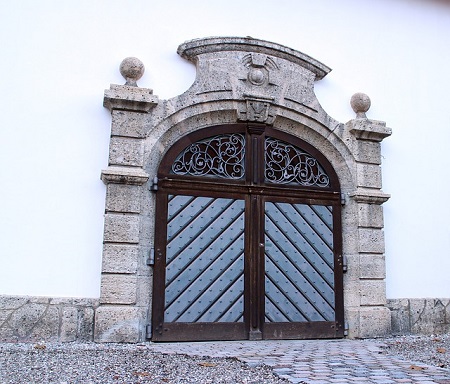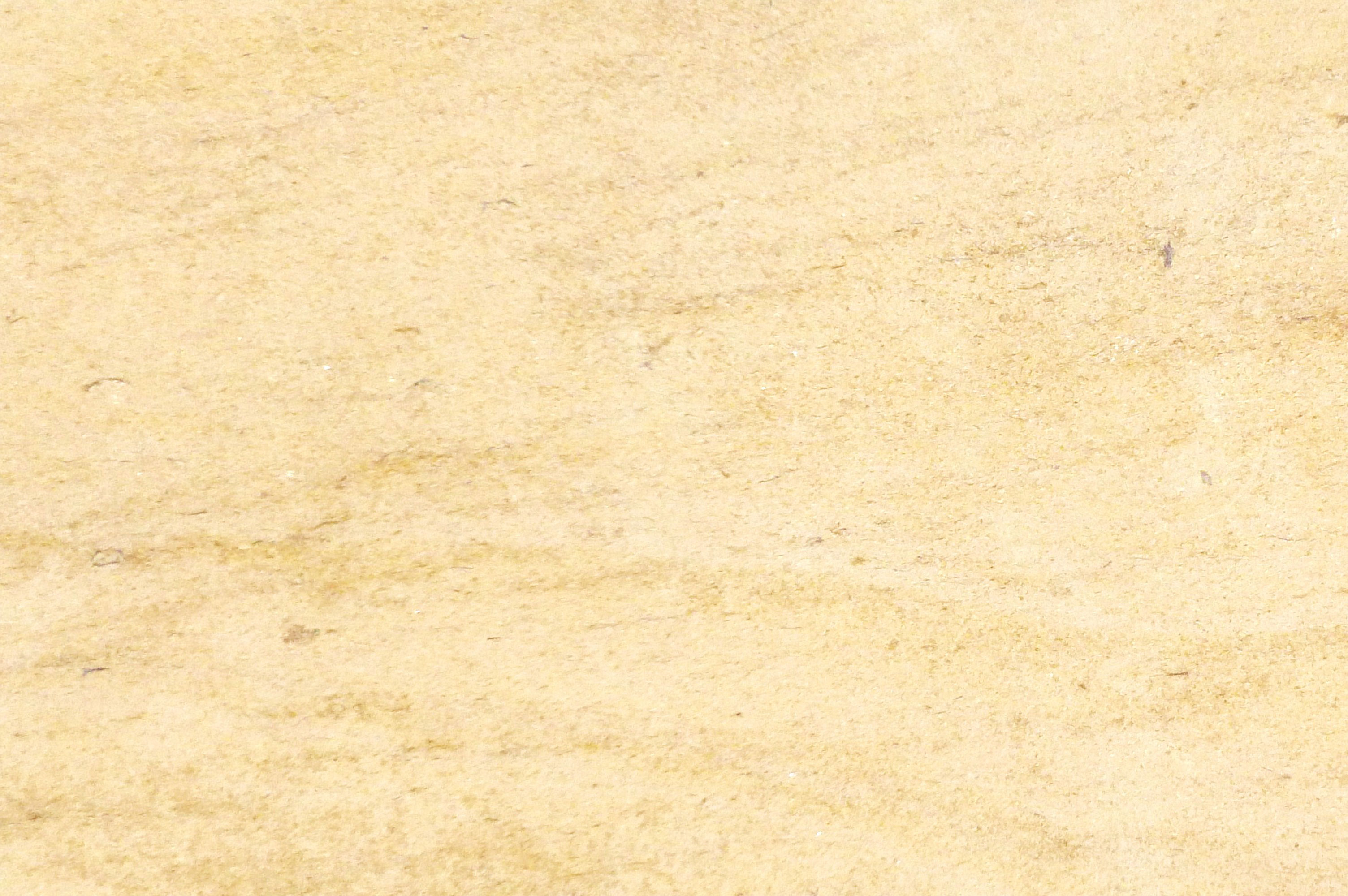Commonly used on doors, ceiling and windows, mouldings are decorative architectural details that have the role of enhancing the curb appeal of a house when used on the exteriors. When installed properly, they convey the impression of a finished look, express a sense of style and ultimately, increase the value of a home. In addition to aesthetics, mouldings also have a functional role, namely that of masking sloppy construction work. Let’s explore the best places where you could use decorative mouldings to add a great look.
1. Windows
The simplest way to enhance their appearance and obtain a finished look on the exterior design entails framing windows in decorative mouldings. In this context, the moulding is dubbed casing and has the role of concealing the space between the wall and the actual window. By far the most popular choices include installing an apron and a still at the bottom of a 2″ to 8″ casing.
On a side note, the moulding can also be used to mask the gaps between the floor and the walls. When installed in this location, the moulding helps protect the wall from scuffs and damage from furniture, shoes or vacuuming.
2. Ceilings
Traditionally, the ceiling mouldings were made of plaster and minutely carved. Nowadays, you could obtain the same look and feel by opting for medallions made of polystyrene or polyurethane foam. Take note that the modern pieces are carved in advance, so your job is to attach them onto the ceiling and paint them with a dye that makes them blend seamlessly with the rest of the decor. From a functional perspective, ceiling mouldings provide a place to install a chandelier or other ceiling fixtures.
3. Stone doors
Thanks to the various decorative moulding options available, you can transform a plain and flat stone door into a work of art. The simplest method of decorating the door implies attaching two outlined sections on the top and bottom of the door. Not only is this transformation virtually inexpensive, but it is also easy to obtain. Basically, you can glue or nail down the mouldings and paint them to match or to contrast with the shade of the door.
4. Walls
Decorative mouldings constitute the perfect architectural option to divide the top of the wall from its bottom section. They are particularly useful when you’re trying to conceal wallpaper edges or wainscoting panels. In case you want going for a recessed look, then attaching small mouldings – 1″to 3″ in diameter work best – can help you arrange the frame areas of a wall. To obtain a dramatic look, consider painting the inner and outer sections in contrasting colours. On a side note, by selecting a shade similar to the one existing on the walls you can achieve a subtle, yet interesting decor.
5. Bookcase frames
Mouldings have the potential to transform a monotonous and boring bookcase into an incredible piece of furniture that could become the focal point of a living room or a home office. Despite what most people believe, achieving this look entails utilizing simple moulding that you place around the top and a baseboard around the bottom. For an enhanced effect, you could use flat shaped strips to define the shelves. Ideally, you should paint the entire bookcase after you install the mouldings, so you can be certain that the pieces match.
6. Fireplaces
Even though a fireplace is typically considered the focal point of a room, adding a moulding frame can intensify this effect and confer it a more interesting appearance. The most popular choice in terms of fireplace moulding includes affixing pieces vertically to frame the sides and incorporating a larger horizontal mantle. It goes without saying that the mantle can be used to display all sorts of objects in your home, including pictures, vases, statuettes, candlesticks and holiday decorations.


